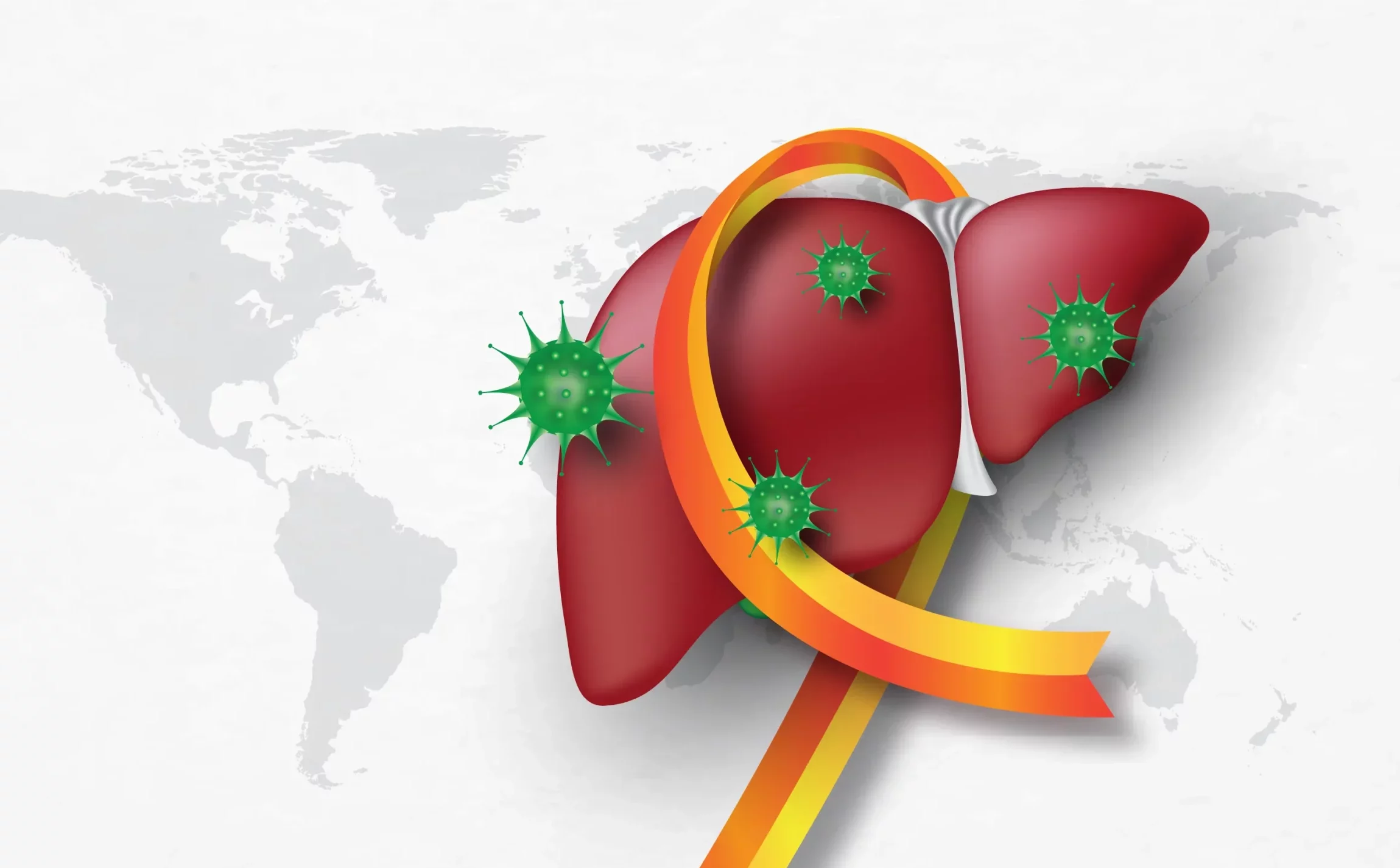In the continuous fight against liver cancer, medical professionals strive to improve the lives of those afflicted with the disease by exploring more effective and minimally invasive therapies. A recent study published in “The Turkish Journal of Gastroenterology”, the official journal of Turkish Society of Gastroenterology, brings hope to patients with early-stage Hepatitis C virus (HCV)-related hepatocellular carcinoma (HCC). The study titled “Percutaneous Microwave Ablation for HCV-related Hepatocellular Carcinoma: Efficacy, Safety, and Survival,” conducted by Darweesh Samar K. SK from the Department of Hepato-gastroenterology and Tropical Medicine, Cairo University School of Medicine, Egypt and Gad Amal A. AA from the Department of Internal Medicine, Suez Canal University School of Medicine, Ismailia, Egypt, examines the effectiveness and safety of percutaneous microwave ablation (MWA) treatment for HCC (DOI: 10.5152/tjg.2019.17191).
Hepatocellular carcinoma (HCC) is the most common type of liver cancer with a considerably poor prognosis when managed at a late stage. It’s a primary malignancy that typically stems from prolonged liver diseases, including hepatitis C. MWA, a relatively new thermoablative technique, offers an alternative to surgical resection, particularly for patients ineligible for surgery due to various health conditions.
The research encompassed 59 patients with early-stage HCC treated at the Hepatology Department using percutaneous MWA. The study’s objectives were comprehensive, analyzing not only the efficacy of the technique in terms of complete tumor ablation but also the side effects associated with the treatment, including any primary or de novo recurrence of cancer, and overall patient survival rates.
Robust findings revealed that complete ablation was successfully achieved in 57 out of the 59 patients (96.6%) treated by MWA, showing a minute complication rate of just 3.3%. The two minor complications noted were liver abscess formation and abdominal skin burn. Interestingly, the study found that the size of the lesions—whether less than 3 cm or between 3-5 cm—did not significantly alter ablation success rates.
Furthermore, the study reported that 5% of patients experienced primary tumor recurrence, while 13.5% developed de novo tumors, with 5 of these being greater than 3 cm. Another complication observed in 3.3% of patients was malignant portal vein thrombosis. Despite these challenges, the one and two-year survival rates were noteworthy at 95.4% and 69%, respectively, suggesting a promising future for percutaneous MWA as a preferred treatment option.
The study propounds that percutaneous MWA offers a safe and effective treatment alternative, enhancing overall survival in patients with HCV-related HCC. The findings are vital, given the commonality of the disease and the limited treatment options for non-surgical candidates.
As with any medical research, these findings must be considered in the context of the study’s limitations and compared with other similar studies. For instance, Poggi et al. (2013) and Lu et al. (2005) have discussed the benefits of MWA in treating HCC, elaborating also on comparative analyses with radiofrequency ablation, another common thermoablative procedure. Moreover, research like that of Qian et al. (2012) and Brace et al. (2007) emphasizes the effectiveness of MWA, even with challenging factors such as larger tumor sizes and proximity to major blood vessels.
Medical professionals can cite the consistency of current research findings with established literature concerning MWA’s value in managing HCC. This not only further validates MWA’s place in hepatocarcinoma treatment but also illuminates areas for continued investigation, such as long-term survival rates and quality of life post-treatment.
The global medical community carefully monitors such studies, knowing that sharing knowledge can reshape treatment protocols. The guidance provided by standardized terminologies and reporting criteria, as proposed by Ahmed et al. (2014) and supported by Sacks et al. (2003), ensures that research is both accessible and actionable.
For those yearning to delve deeper into the potential of MWA, related studies by Lubner et al. (2013) and Thamtorawat et al. (2016), among others, offer an in-depth exploration of microwave ablation’s functional scope. These resources illustrate the ongoing evolution of treatment methodologies and pinpoint trends in technological advancements that could further enhance patient outcomes.
In conclusion, the study spearheaded by Darweesh Samar K. SK and Gad Amal A. AA stands as a testament to the relentless pursuit of improvement in the field of hepatology. Percutaneous MWA emerges as a beacon of hope for those battling HCV-related HCC, pointing toward a future where survival is not merely a hope, but an expectation.
Keywords
1. Percutaneous Microwave Ablation
2. HCV-related Hepatocellular Carcinoma Treatment
3. Liver Cancer Ablation Success Rate
4. Non-Surgical HCC Therapies
5. Hepatology Breakthroughs in Liver Cancer
References
1. Darweesh Samar K. SK, Gad Amal A. AA. (2019). Percutaneous Microwave Ablation for HCV-related Hepatocellular Carcinoma: Efficacy, Safety, and Survival. Turk J Gastroenterol. DOI: 10.5152/tjg.2019.17191.
2. Elbaz T., Kassas M., Esmat G. (2013). Management of Hepatocellular Carcinoma: Updated Review. J Cancer Ther. DOI: 10.4236/jct.2013.42067.
3. Bruix J., Sherman M. (2005). Management of Hepatocellular Carcinoma. Hepatology. DOI: 10.1002/hep.20933.
4. Poggi G. et al. (2013). Microwave Ablation of Hepatocellular Carcinoma Using a New Percutaneous Device: Preliminary Results. Anticancer Res. PMID: 23482806.
5. Lu M.D. et al. (2005). Percutaneous Microwave and Radiofrequency Ablation for Hepatocellular Carcinoma: A Retrospective Comparative Study. J Gastroenterol. DOI: 10.1007/s00535-005-1671-3.
